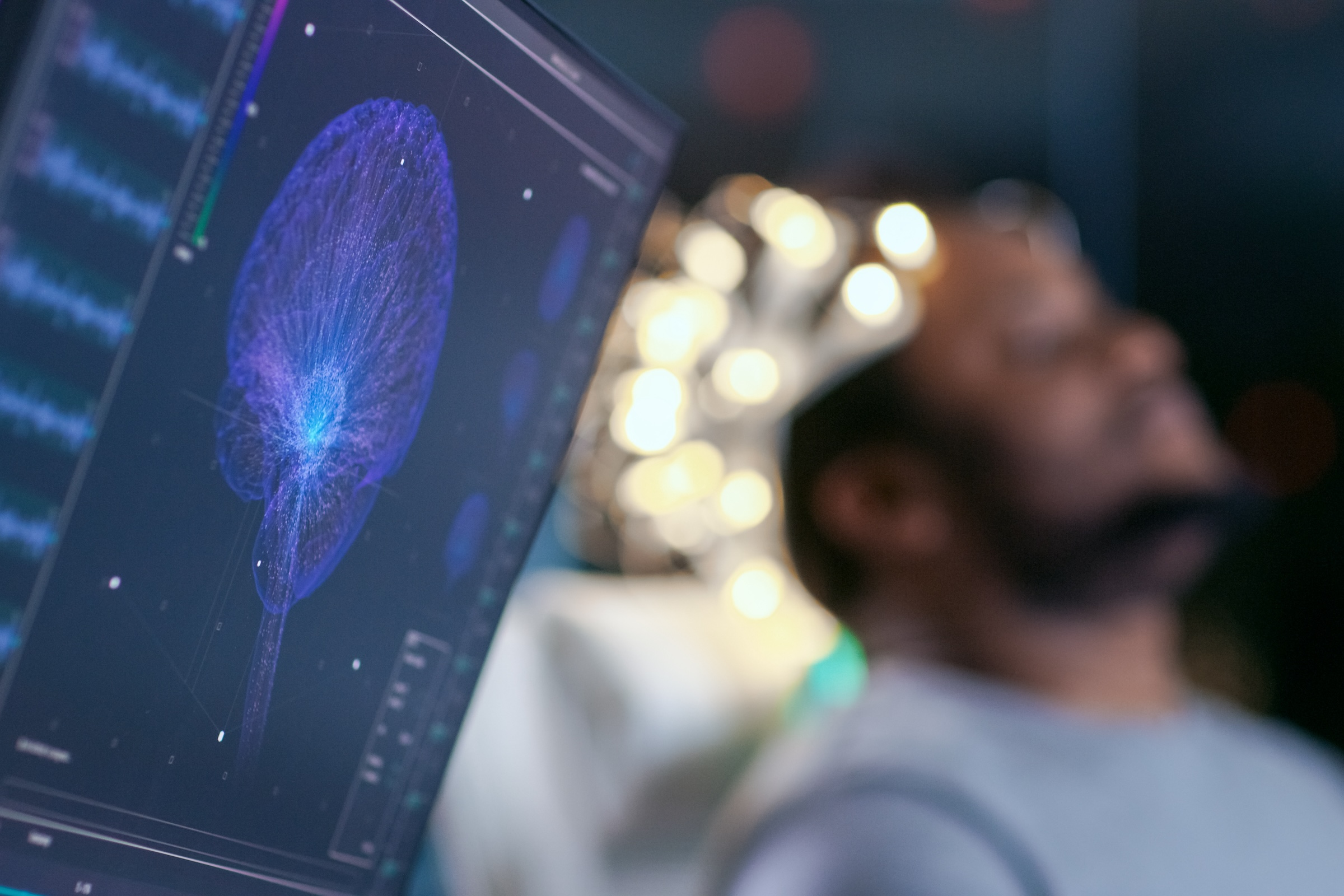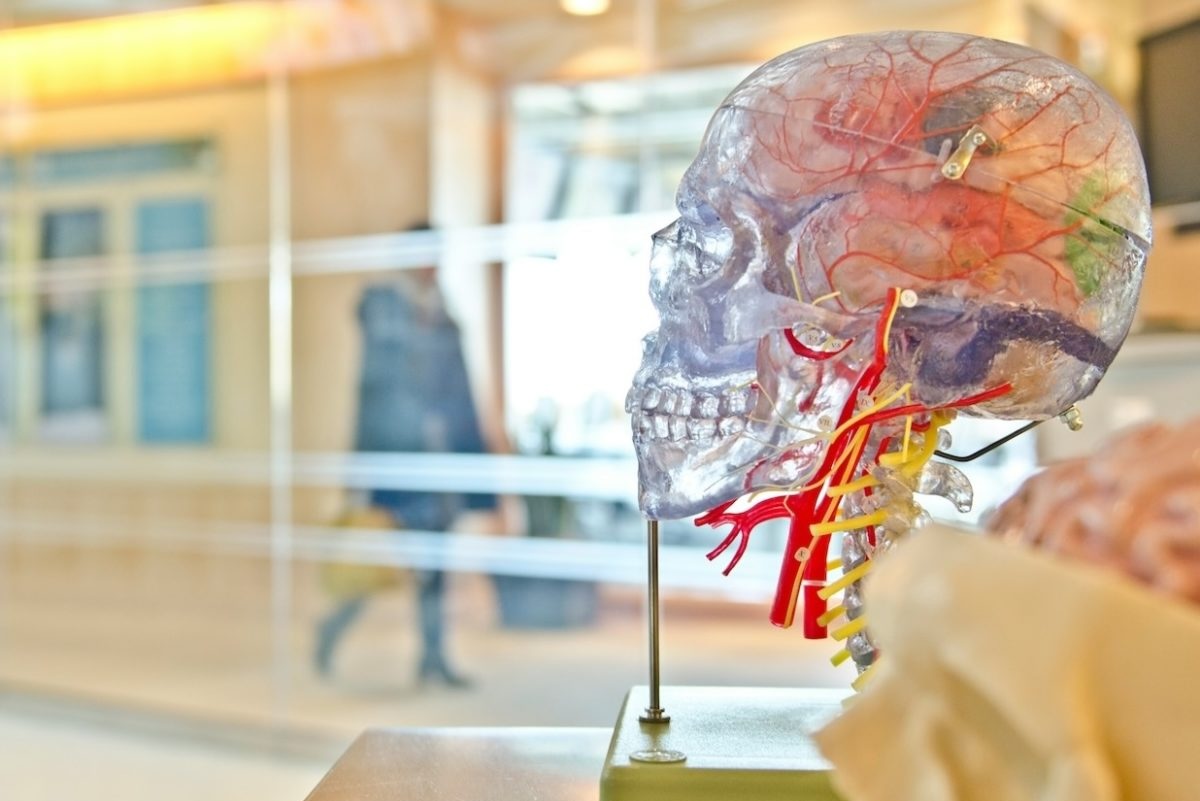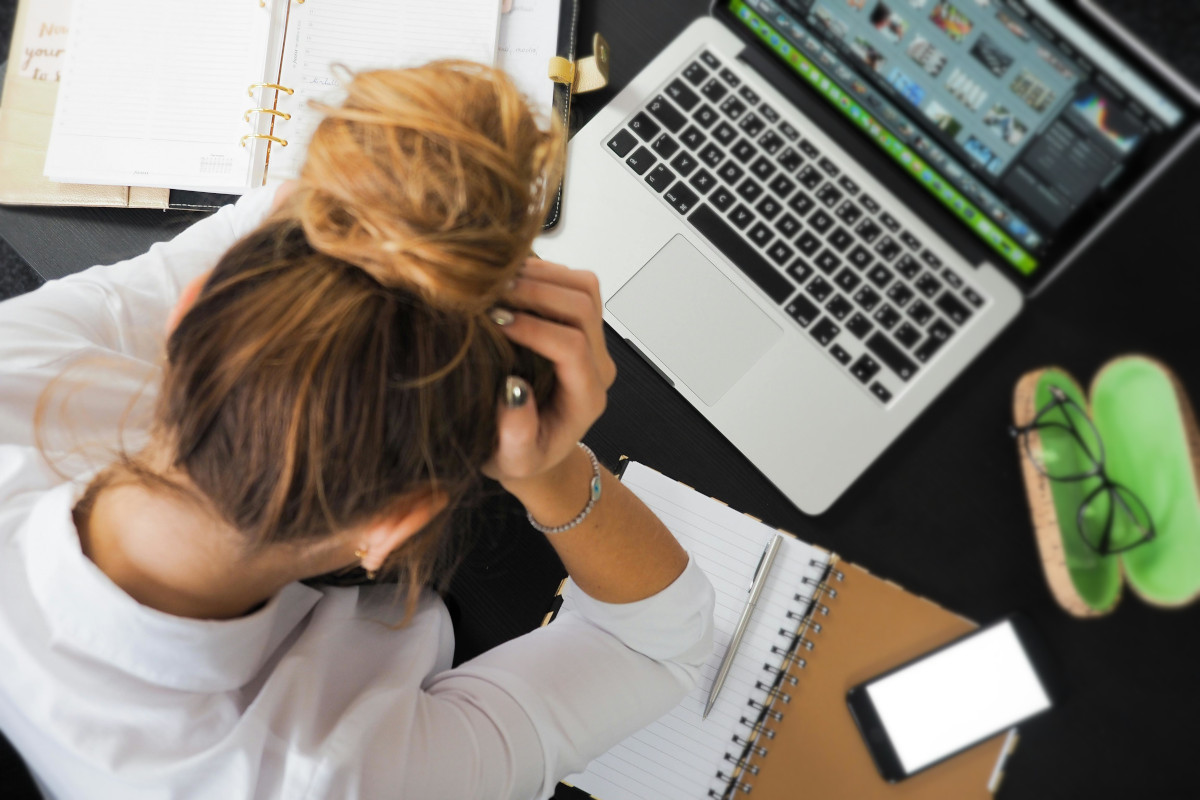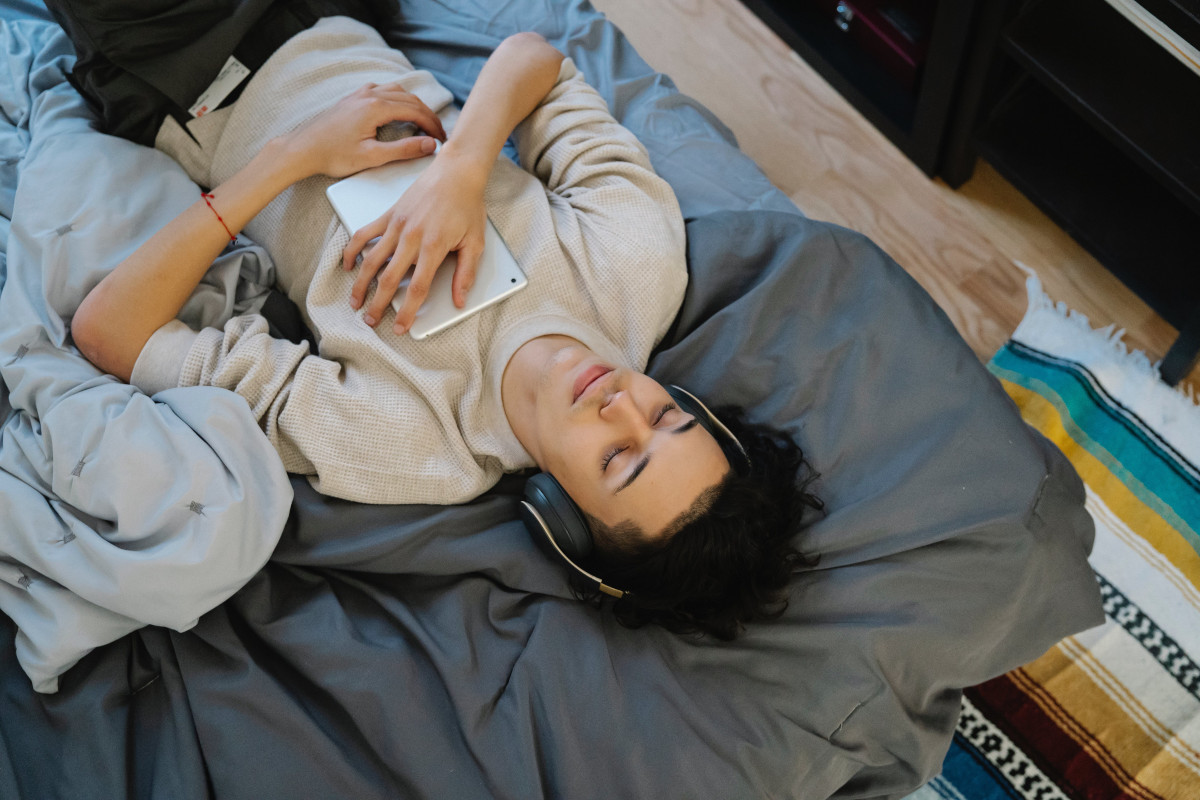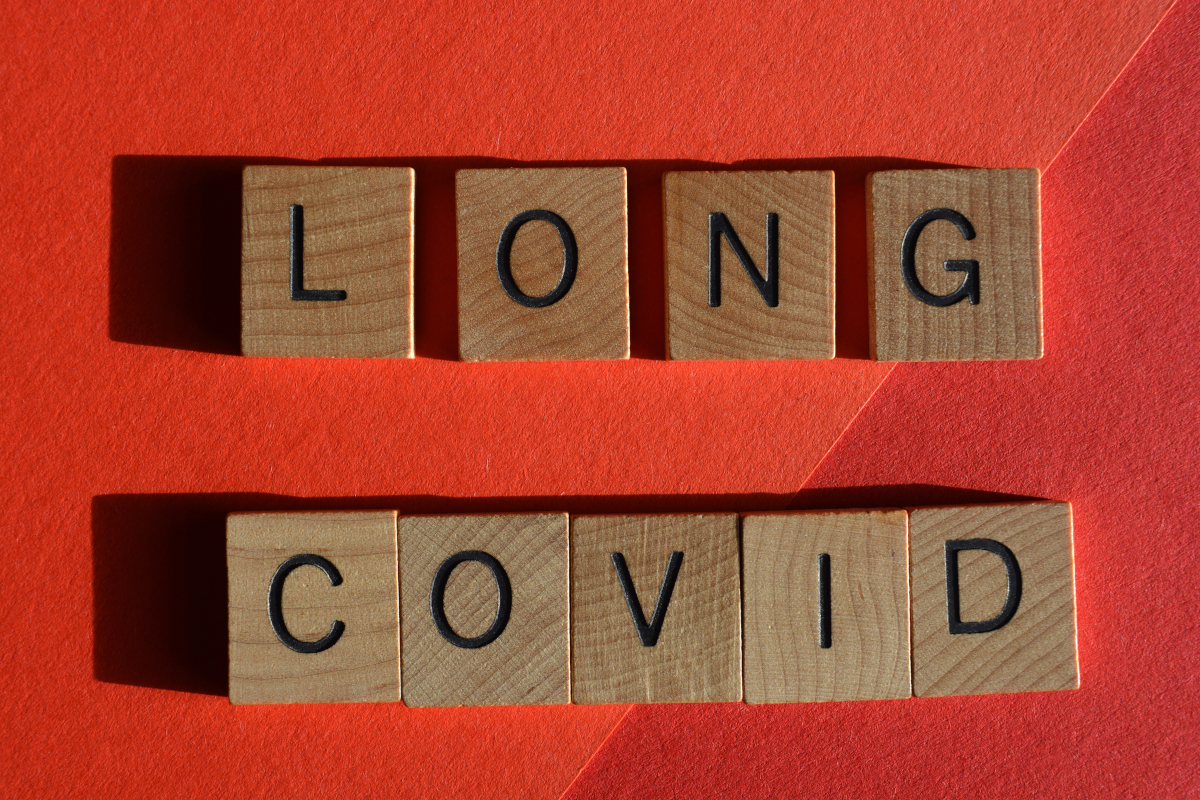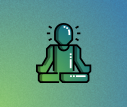A sedentary lifestyle can trigger a headache – exercise helps
Situations at work and elsewhere can trigger migraine and tension-type headaches. These include the pressures and demands you face at work; some days more than others. But not only at work. These situations fall under the general heading of "stress". On the other hand, not being active enough can cause headaches too. A sedentary lifestyle is a big factor in causing migraine attacks and tension headaches.
-
References
Albers L et al. Modifiable risk factors for primary headache. A systematic review. Bundesgesundheitsblatt Gesundheitsforschung Gesundheitsschutz. 2014 Aug;57(8):952-60. doi: 10.1007/s00103-014-1997-1. Review.
Kernick D. Royal College of General Practitioners; British Association for the Study of Headache. Guidance for the management of headache in sport on behalf of The Royal College of General Practitioners and The British Association for the Study of Headache. Cephalalgia. 2011 Jan;31(1):106-11. doi: 10.1177/0333102410378046. Epub 2010 Jul 29.
Koppen H. Migraineurs with exercise-triggered attacks have a distinct migraine. J Headache Pain. 2013 Dec 21; 14:99. doi: 10.1186/1129-2377-14-99.
Martin P. Managing headache triggers: think 'coping' not 'avoidance'. Cephalalgia. 2010 May;30(5):634-7. doi: 10.1111/j.1468-2982.2009.01989.x. Epub 2010 Feb 11. Review.
Varkey E et al. Exercise as migraine prophylaxis: a randomized study using relaxation and topiramate as controls. Cephalalgia. 2011 Oct;31(14):1428-38. doi: 10.1177/0333102411419681. Epub 2011 Sep 2.
Wöber C et al. Trigger factors of migraine and tension-type headache: experience and knowledge of the patients. J Headache Pain. 2006 Sep;7(4):188-95. Epub 2006 Aug 11.
- Internet:
- Website der Schmerzklinik Kiel, https://www.schmerzklinik.de/

